Il modello del materiale secondo Tsai-Wu unifica la plastica con le proprietà ortotrope. In questo modo, è possibile modellare in modo specifico i materiali con proprietà anisotrope, come la plastica o il legno. Se il materiale è plastificato, le tensioni rimangono costanti. La ridistribuzione viene eseguita secondo le rigidezze disponibili nelle singole direzioni. La regione elastica corrisponde al modello di materiale "Ortotropo - 3D". Per l'area plastica, si applica lo snervamento secondo Tsai-Wu:
${\text{f}}_{\mathrm{crit}}\left(\mathrm\sigma\right)=\frac1{\mathrm C}\left[\frac{\left({\mathrm\sigma}_{\mathrm x}-{\mathrm\sigma}_{\mathrm x,0}\right)^2}{{\mathrm f}_{\mathrm t,\mathrm x}{\mathrm f}_{\mathrm c,\mathrm x}}+\frac{\left({\mathrm\sigma}_{\mathrm y}-{\mathrm\sigma}_{\mathrm y,0}\right)^2}{{\mathrm f}_{\mathrm t,\mathrm y}{\mathrm f}_{\mathrm c,\mathrm y}}+\frac{\left({\mathrm\sigma}_{\mathrm z}-{\mathrm\sigma}_{\mathrm z,0}\right)^2}{{\mathrm f}_{\mathrm t,\mathrm z}{\mathrm f}_{\mathrm c,\mathrm z}}+\frac{{\mathrm\tau}_{\mathrm{yz}}^2}{{\mathrm f}_{\mathrm v,\mathrm{yz}}^2}+\frac{{\mathrm\tau}_{\mathrm{xz}}^2}{{\mathrm f}_{\mathrm v,\mathrm{xz}}^2}+\frac{{\mathrm\tau}_{\mathrm{xy}}^2}{{\mathrm f}_{\mathrm v,\mathrm{xy}}^2}\right]$
dove:
${\mathrm\sigma}_{\mathrm x,0}=\frac{{\mathrm f}_{\mathrm t,\mathrm x}-{\mathrm f}_{\mathrm c,\mathrm x}}2$
${\mathrm\sigma}_{\mathrm y,0}=\frac{{\mathrm f}_{\mathrm t,\mathrm y}-{\mathrm f}_{\mathrm c,\mathrm y}}2$
${\mathrm\sigma}_{\mathrm z,0}=\frac{{\mathrm f}_{\mathrm t,\mathrm z}-{\mathrm f}_{\mathrm c,\mathrm z}}2$
$\mathrm C=1+\left[\frac1{{\mathrm f}_{\mathrm t,\mathrm x}}+\frac1{{\mathrm f}_{\mathrm c,\mathrm x}}\right]^2\frac{{\mathrm E}_{\mathrm x}{\mathrm E}_{\mathrm p,\mathrm x}}{{\mathrm E}_{\mathrm x}-{\mathrm E}_{\mathrm p,\mathrm x}}\mathrm\alpha+\frac{{\mathrm\sigma}_{\mathrm x,0}^2}{{\mathrm f}_{\mathrm t,\mathrm x}{\mathrm f}_{\mathrm c,\mathrm x}}+\frac{{\mathrm\sigma}_{\mathrm y,0}^2}{{\mathrm f}_{\mathrm t,\mathrm y}{\mathrm f}_{\mathrm c,\mathrm y}}+\frac{{\mathrm\sigma}_{\mathrm z,0}^2}{{\mathrm f}_{\mathrm t,\mathrm z}{\mathrm f}_{\mathrm c,\mathrm y}}$
Il criterio delle tensioni può essere immaginato come una superficie ellittica all'interno di uno spazio di tensioni a sei dimensioni. Se si applica una delle tre componenti della tensione come valore costante, la superficie può essere proiettata su uno spazio delle tensioni tridimensionale.
Se il valore di fy (σ) è minore di 1, le tensioni restano all'interno dell'area elastica. L'area plastica è raggiunta non appena fy (σ) = 1. I valori superiori a 1 non sono ammessi. Il comportamento del modello è ideale-plastico, il che significa che non c'è irrigidimento.
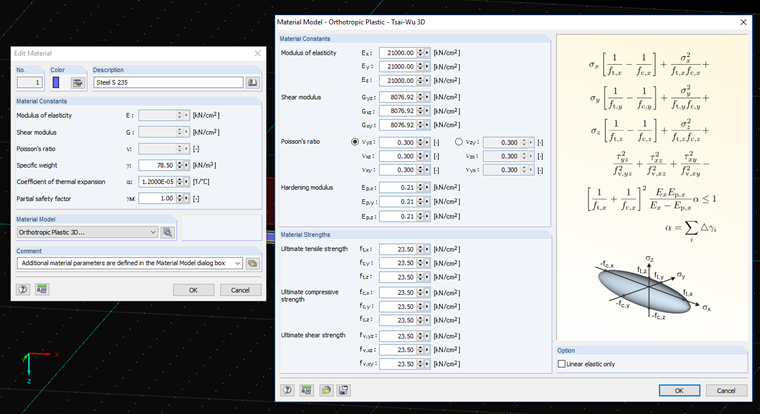




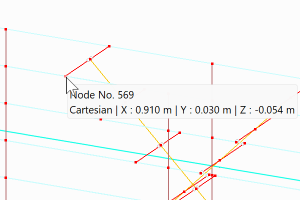








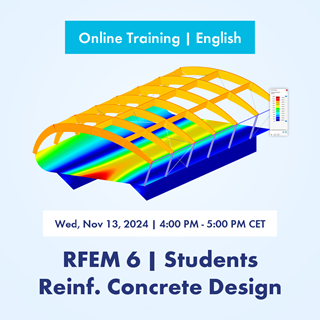
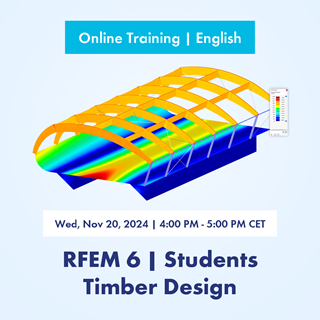


















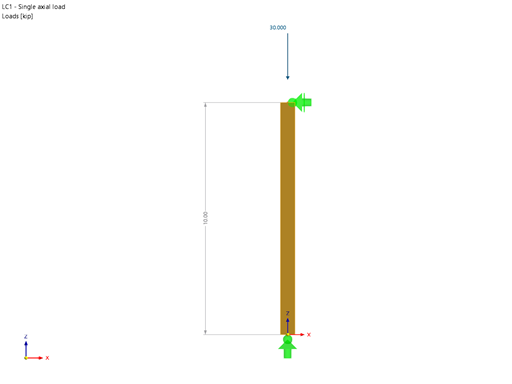
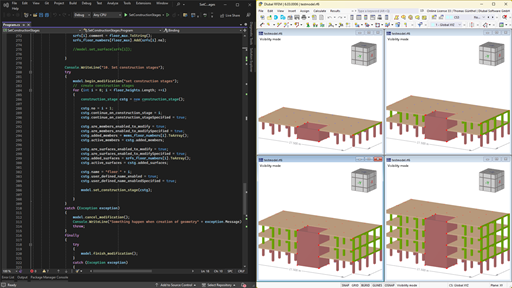
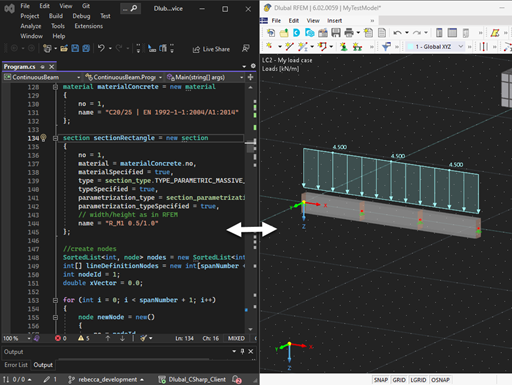
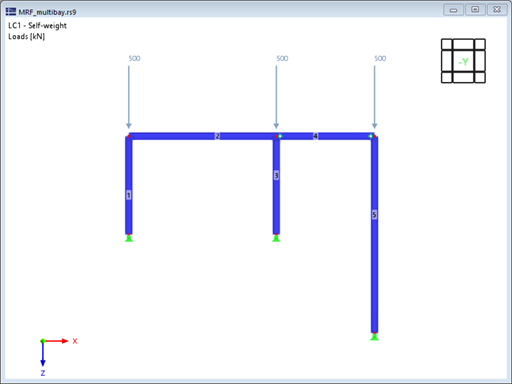









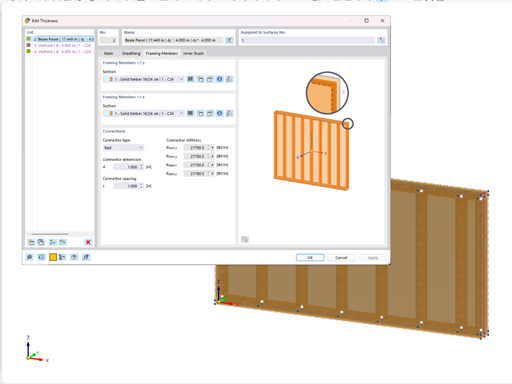

.png?mw=512&hash=4e74affa9ad0c7b703151c5085ac9b8e59171c23)
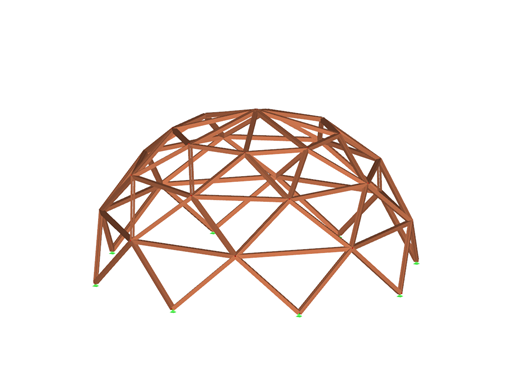








.jpg?mw=350&hash=8f312d6c75a747d88bf9d0f5b1038595900b96c1)

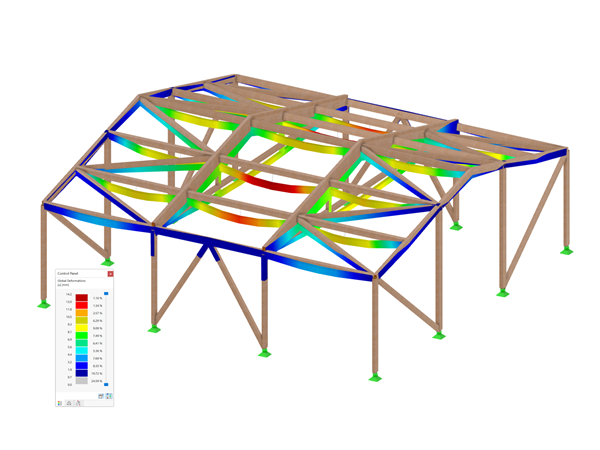









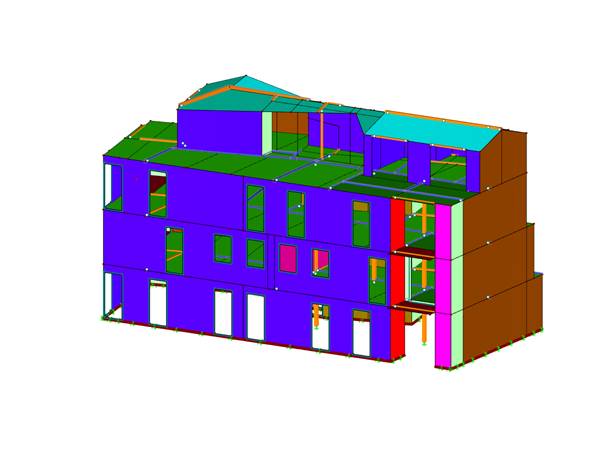














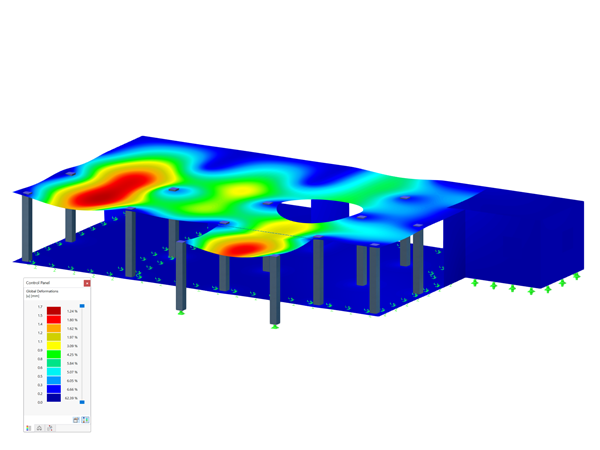
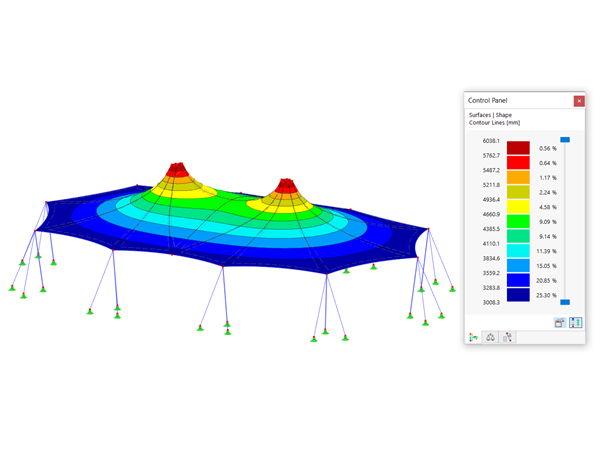



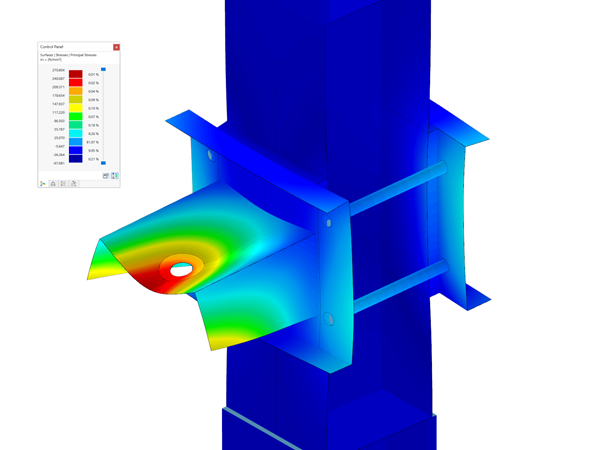

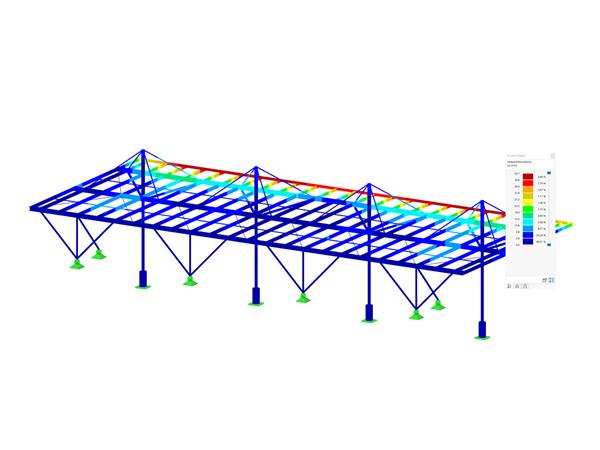

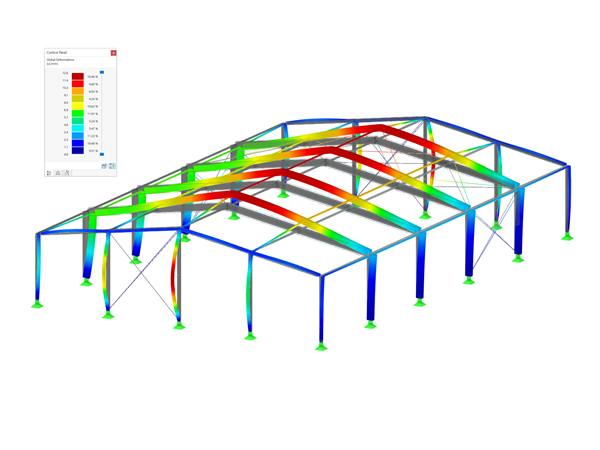
.png?mw=600&hash=49b6a289915d28aa461360f7308b092631b1446e)